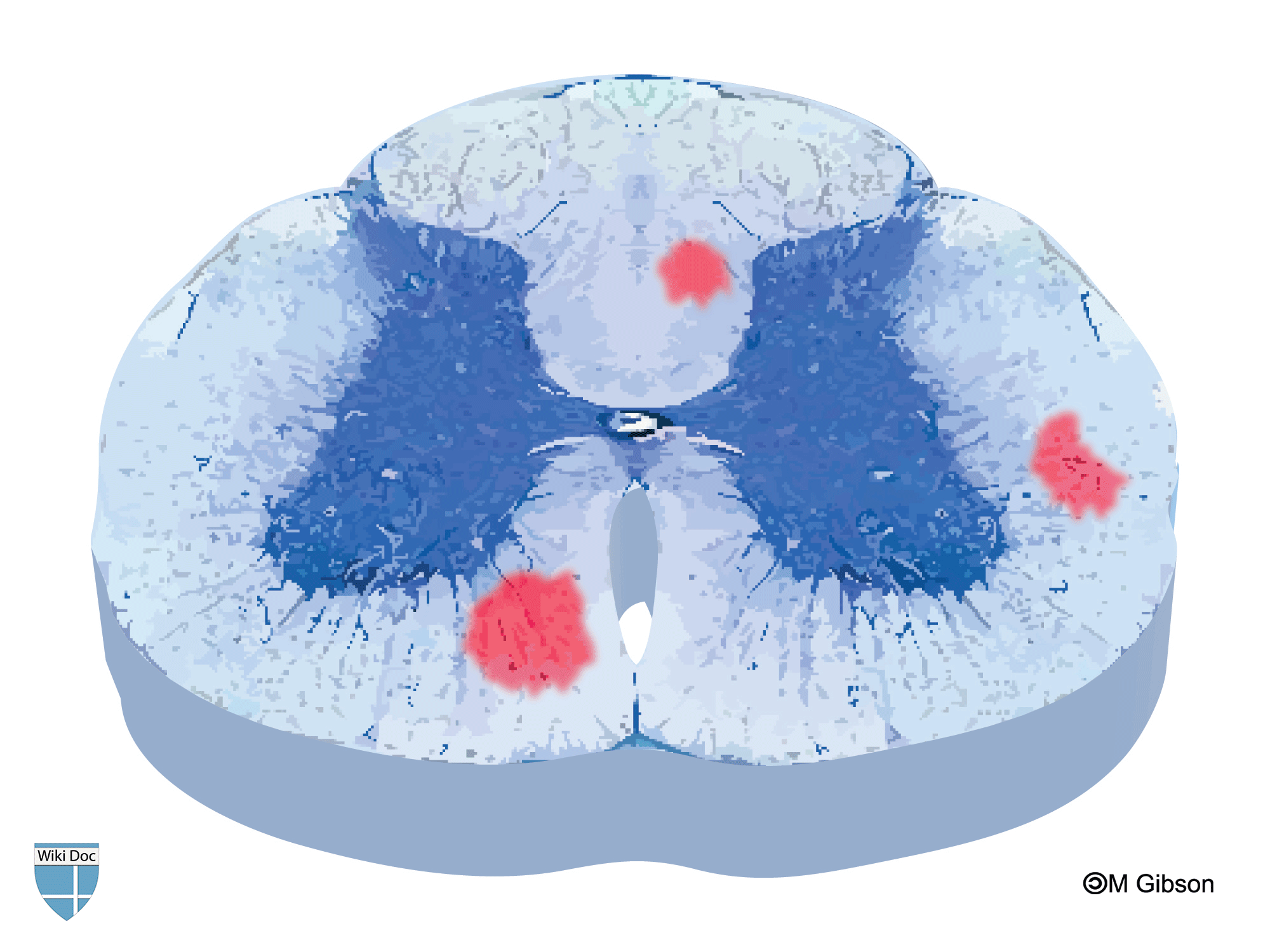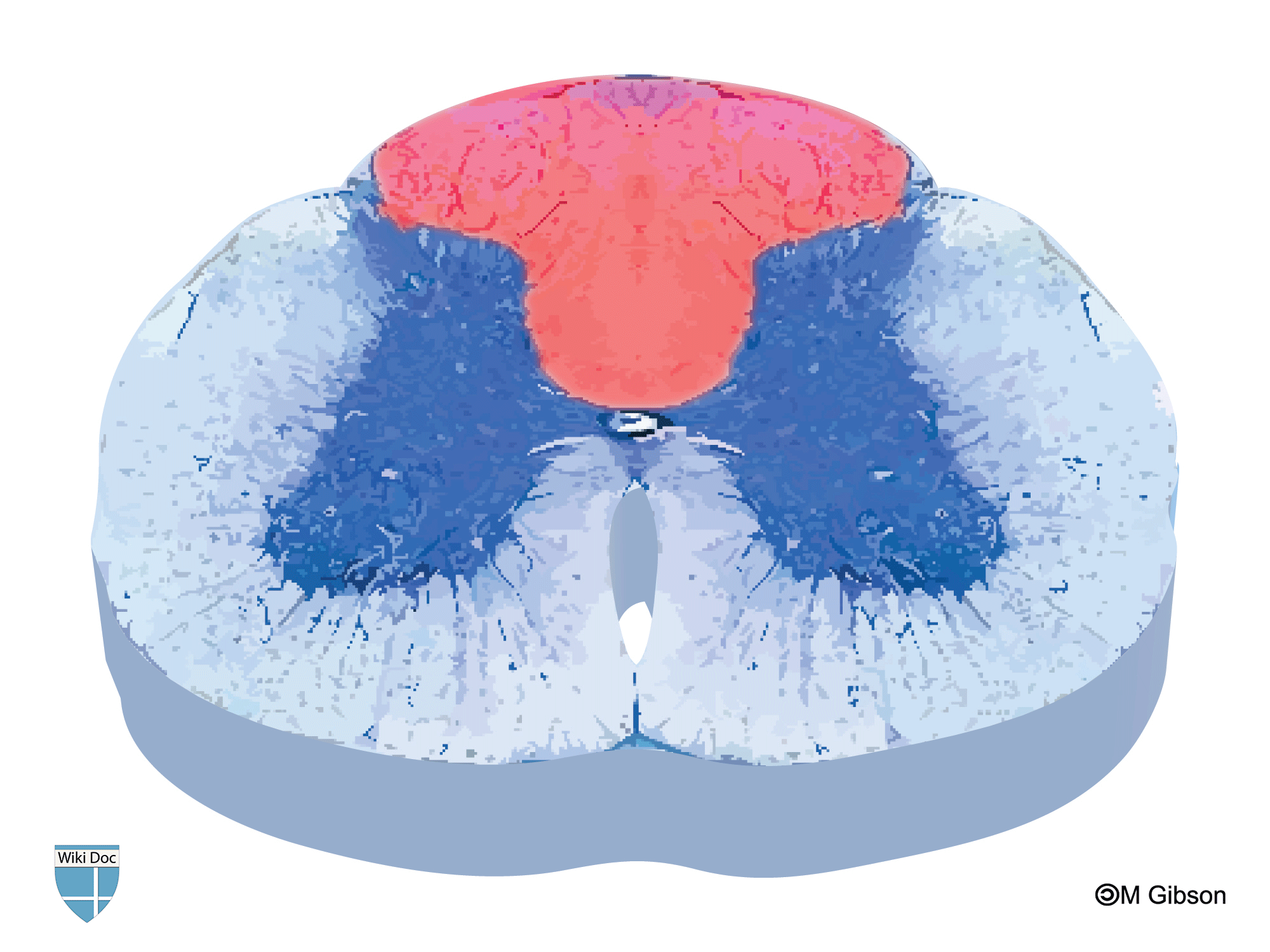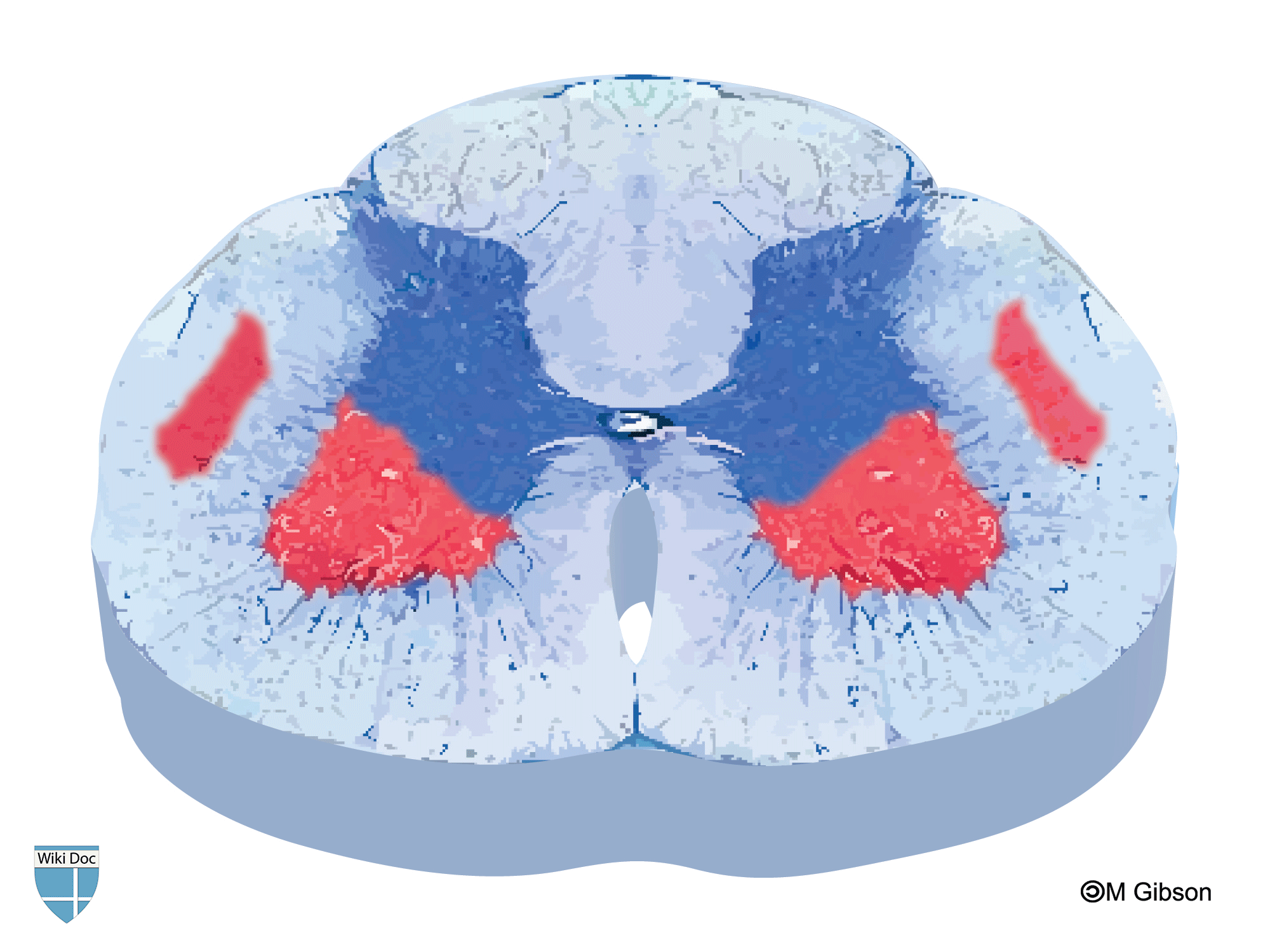WBR0572: Difference between revisions
Jump to navigation
Jump to search
Rim Halaby (talk | contribs) (Created page with "{{WBRQuestion |QuestionAuthor={{Rim}} |ExamType=USMLE Step 1 |MainCategory=Pathophysiology |SubCategory=Neurology |MainCategory=Pathophysiology |SubCategory=Neurology |MainCat...") |
Rim Halaby (talk | contribs) No edit summary |
||
| Line 22: | Line 22: | ||
|Prompt=A 35-year-old male patient presents with one-month history of progressive upper extremities weakness. The patient initially started to note difficulty moving his right arm and then the weakness involved both his arms. He also reports that he has been noting some twitching in his arms from time to time. The patient works as a lawyer and has been lately frustrated because he has been stuttering which is impeding his work. Physical exam of the upper extremities reveals bilateral fasciculation, proximal muscle atrophy, weakness more pronounced on the right side than on the left and intact sensation bilaterally. Rigidity is noted upon attempting to passively extend the patient’s arms. Motor strength and sensation are intact in the lower extremities. Reflexes are increased throughout the body and Babinski sign is positive bilaterally. Based on the clinical history and physical exam findings, which of the following images correlates with the site of the neurological lesion of the patient? | |Prompt=A 35-year-old male patient presents with one-month history of progressive upper extremities weakness. The patient initially started to note difficulty moving his right arm and then the weakness involved both his arms. He also reports that he has been noting some twitching in his arms from time to time. The patient works as a lawyer and has been lately frustrated because he has been stuttering which is impeding his work. Physical exam of the upper extremities reveals bilateral fasciculation, proximal muscle atrophy, weakness more pronounced on the right side than on the left and intact sensation bilaterally. Rigidity is noted upon attempting to passively extend the patient’s arms. Motor strength and sensation are intact in the lower extremities. Reflexes are increased throughout the body and Babinski sign is positive bilaterally. Based on the clinical history and physical exam findings, which of the following images correlates with the site of the neurological lesion of the patient? | ||
|Explanation=[[ALS]] is a rapidly progressive neurodegenerative disease involving the upper and lower motor neurons in the absence of any sensory involvement. The patient presents with findings of upper motor neurons (UMN) and lower motor neurons (LMN) involvement suggestive of a diagnosis of ALS. UMN findings include hyperreflexia, increased muscle spasm and positive [[Babinski sign]], whereas LMN findings include fasciculation and muscle atrophy. Bulbar involvement occurs in ALS and can present as [[dysarthria]] or [[dysphagia]]. | |Explanation=[[ALS]] is a rapidly progressive neurodegenerative disease involving the upper and lower motor neurons in the absence of any sensory involvement. The patient presents with findings of upper motor neurons (UMN) and lower motor neurons (LMN) involvement suggestive of a diagnosis of ALS. UMN findings include hyperreflexia, increased muscle spasm and positive [[Babinski sign]], whereas LMN findings include fasciculation and muscle atrophy. Bulbar involvement occurs in ALS and can present as [[dysarthria]] or [[dysphagia]]. | ||
Educational Objective: ALS is a progreesive disease involving lesions in the white and grey matter which leads to symptoms of UMN and LMN involvement. | |||
|AnswerA=[[Image:Syringomyelia spinal cord.gif|300px]] | |||
|AnswerAExp=This image illustrates a lesion in the central cord depicting [[syringomyelia]]. ALS is not associated with lesions in the central cord. | |||
|AnswerB=[[Image:MS.gif|300px]] | |||
|AnswerBExp=This image depicts asymmetric lesions in the white matter, which is characteristic of [[multiple sclerosis]]. ALS involves lesions in the white matter and grey matter. | |||
|AnswerC=[[Image:Dorsal-Columns.gif|300px]] | |||
|AnswerCExp=This image depicts lesions in the dorsal columns which may be found in vitamin B12 deficiency. ALS involves lesions in the white matter and grey matter. | |||
|AnswerD=[[Image:Anterior-horn.gif|300px]] | |||
|AnswerDExp=This image depicts lesions in the anterior horn of the [[spinal cord]] which is not characteristic of [[ALS]]. | |||
|AnswerE=[[Image:ALS.gif|300px]] | |||
|AnswerEExp=This image depicts lesions in the white matter and grey matter. This pattern of lesions is found in [[ALS]] which presents with upper motor neurons and lower motor neurons symptoms. | |||
|RightAnswer=E | |||
|Approved=No | |Approved=No | ||
}} | }} | ||
Revision as of 03:17, 2 October 2013
| Author | [[PageAuthor::Rim Halaby, M.D. [1]]] |
|---|---|
| Exam Type | ExamType::USMLE Step 1 |
| Main Category | MainCategory::Pathophysiology |
| Sub Category | SubCategory::Neurology |
| Prompt | [[Prompt::A 35-year-old male patient presents with one-month history of progressive upper extremities weakness. The patient initially started to note difficulty moving his right arm and then the weakness involved both his arms. He also reports that he has been noting some twitching in his arms from time to time. The patient works as a lawyer and has been lately frustrated because he has been stuttering which is impeding his work. Physical exam of the upper extremities reveals bilateral fasciculation, proximal muscle atrophy, weakness more pronounced on the right side than on the left and intact sensation bilaterally. Rigidity is noted upon attempting to passively extend the patient’s arms. Motor strength and sensation are intact in the lower extremities. Reflexes are increased throughout the body and Babinski sign is positive bilaterally. Based on the clinical history and physical exam findings, which of the following images correlates with the site of the neurological lesion of the patient?]] |
| Answer A | [[AnswerA:: ]] ]]
|
| Answer A Explanation | [[AnswerAExp::This image illustrates a lesion in the central cord depicting syringomyelia. ALS is not associated with lesions in the central cord.]] |
| Answer B | [[AnswerB:: ]] ]]
|
| Answer B Explanation | [[AnswerBExp::This image depicts asymmetric lesions in the white matter, which is characteristic of multiple sclerosis. ALS involves lesions in the white matter and grey matter.]] |
| Answer C | [[AnswerC:: ]] ]]
|
| Answer C Explanation | AnswerCExp::This image depicts lesions in the dorsal columns which may be found in vitamin B12 deficiency. ALS involves lesions in the white matter and grey matter. |
| Answer D | [[AnswerD:: ]] ]]
|
| Answer D Explanation | [[AnswerDExp::This image depicts lesions in the anterior horn of the spinal cord which is not characteristic of ALS.]] |
| Answer E | [[AnswerE:: ]] ]]
|
| Answer E Explanation | [[AnswerEExp::This image depicts lesions in the white matter and grey matter. This pattern of lesions is found in ALS which presents with upper motor neurons and lower motor neurons symptoms.]] |
| Right Answer | RightAnswer::E |
| Explanation | [[Explanation::ALS is a rapidly progressive neurodegenerative disease involving the upper and lower motor neurons in the absence of any sensory involvement. The patient presents with findings of upper motor neurons (UMN) and lower motor neurons (LMN) involvement suggestive of a diagnosis of ALS. UMN findings include hyperreflexia, increased muscle spasm and positive Babinski sign, whereas LMN findings include fasciculation and muscle atrophy. Bulbar involvement occurs in ALS and can present as dysarthria or dysphagia.
Educational Objective: ALS is a progreesive disease involving lesions in the white and grey matter which leads to symptoms of UMN and LMN involvement. |
| Approved | Approved::No |
| Keyword | |
| Linked Question | Linked:: |
| Order in Linked Questions | LinkedOrder:: |